Meditation, a critical perspective and the need for both “insight and outsight”
“Well something’s lost, but something’s gained // In living every day
I’ve looked at life from both sides now // From win and lose and still somehow….” Lyrics by Joni Mitchell
“One cannot be deeply responsive to the world without being saddened very often.” Erich Fromm
Part one
The etching is by Vaso Katraki
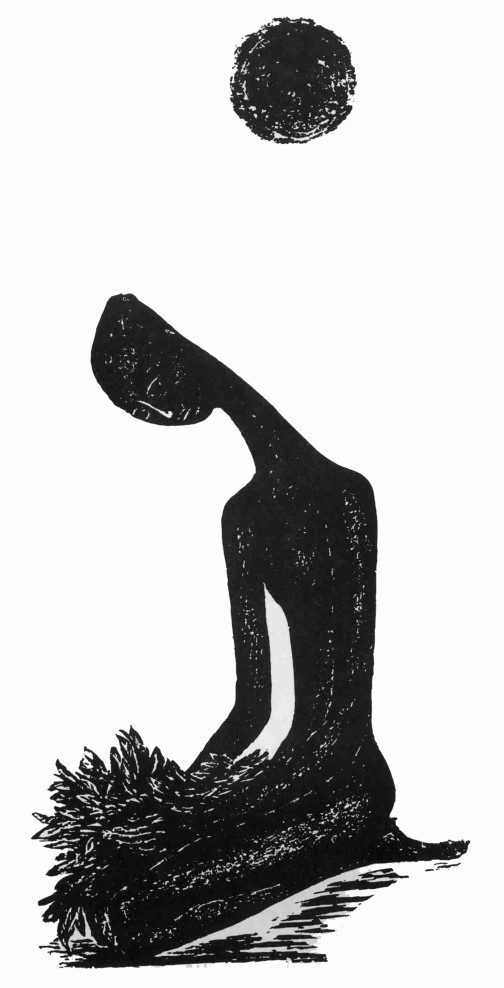 The theme of today’s piece is mindfulness and meditation practices, more generally. As I wrote in the previous post at the end of a decade of consistent engagement with meditation practices I’ve felt that it’s time, not to take a break from meditating, but to pause, reflect on and evaluate the experience so far, read, listen to and look at different aspects and sides of this human activity and contemporary movement. In some sense I’ve reached that point of needing to take a wider view of the broad and diverse world of meditation. This has been an inevitable step, and one could say a result of the practices themselves. Today’s piece is the result of my own experience and notes on this experience, and a substantial amount of reading of relevant articles, books and chapters. This text includes a critical perspective because I believe that critical perspectives are valuable, even though they are not always welcome.
The theme of today’s piece is mindfulness and meditation practices, more generally. As I wrote in the previous post at the end of a decade of consistent engagement with meditation practices I’ve felt that it’s time, not to take a break from meditating, but to pause, reflect on and evaluate the experience so far, read, listen to and look at different aspects and sides of this human activity and contemporary movement. In some sense I’ve reached that point of needing to take a wider view of the broad and diverse world of meditation. This has been an inevitable step, and one could say a result of the practices themselves. Today’s piece is the result of my own experience and notes on this experience, and a substantial amount of reading of relevant articles, books and chapters. This text includes a critical perspective because I believe that critical perspectives are valuable, even though they are not always welcome.
As with most things in life, or maybe all things, there are many stories to tell and many sides to look at things. This is just one story of a very big and complex reality / story. I feel it’s time to allow the sporadic realizations and insights I’ve gleaned, while on this path to become more salient and visible to me through – not only through looking within – but also, outside of me, for both the meditator and the meditating process are culturally, historically and socioeconomically, embedded. Professor Richard Payne claims that no mindfulness program, for instance, is neutral and that all tools [including tools for self improvement] are ideologies because “they exercise the values of their makers and instantiate those values in the users.” Practices are contextualized and practitioners may have similar or / and different experiences and results depending on the context. Engaging with these technologies, if I may use this term, should not only increase “insight”, but also, “outsight” for both levels of knowing are one, and one without the other not only hinders the process of “insight and liberation of the mind,” but does not empower people to bring forward external changes. One personal intention has been for me to move beyond barriers and reach more clarity, even the barriers that tools and modalities like mindfulness and other meditation practices, and the accompanying teachings, can erect. The first part of the post includes some personal realizations, while taking into account others’ work and insights with more experience and expertise. In the second part I have chosen to present some of the basic points of one of the articles I have been reading lately.
So, one realization I’ve come to is that most people begin while knowing little about meditation and mindfulness, the different types, its origins, adaptations across millennia and different cultures, adverse effects and problems that could arise, how context determines the practice and the outcome or effects, and so on. The way it is usually packaged means that many people arrive to it through psychology courses, psychotherapy, yoga or exercise classes, and the huge promotion and commoditization of mindfulness through the media in Western countries, especially, English speaking, countries, like the UK and the USA. In that sense many people don’t have much choice when they begin, and don’t know much about these practices, their potential, and also, the traps and negative effects, and even more, how to avoid or move beyond these when they occur, nor are they aware of the pitfalls of the power of meditation to deconstruct and reconstruct. These practices with the accompanying narratives have the power to reshape our subjectivity and sense of identity.
Therefore, one area I’d like to touch upon is the need for a more transparent discussion and dissemination of information around these practices, which I think would benefit practitioners and parts of the field of mindfulness and meditation more generally. Of course, this is not easy considering that the field of meditation more broadly, and mindfulness more specifically, is very diverse and not free from political and entrepreneurial agendas and goals. Some of the critiques put forward are associated with the way that these practices are disseminated, and with the fact that they often teach people power imbalances and compliance through cultivating insight into the inner working of our minds and psyches alone [which is a beneficial and valuable process], without at the same time allowing for “outsight.” Outsight could be understood as insight into the workings of the world, the power imbalances and the contexts which impact us, and in which our small personal worlds and experiences take place, allowing for the seeing of where the threads of our personal wounds and maladies lead to. This would be true honoring of loving-kindness, compassion, connectedness, interdependence and interbeing.
In relation to the dissemination of ideas and practices an ethical approach would be to avoid a paternalistic stance and to not selectively disseminate information to the general public or the masses. So, more transparency would be helpful if these technologies, originally practiced by the few, mostly in monastic settings, are not only to become available to a very wide audience across cultures, but also to be of the greatest benefit. We need to consider historical changes, ethnic and cultural contexts and to contextualize practices and theories in the 21st century, and make the necessary adaptations, for therapeutic, clinical and other purposes, but without neglecting to provide truthfulness when advertising and promoting, and transparency around issues like adverse effects, for instance.
For instance, meditation teacher, Lorin Roche (2011), writes about the “taboo against honesty in meditation, and describes how in physical activities like exercise there is a lot of information about the right level of training and avoiding injuries from over practising, for instance, but there is no such transparency in mental training activities like meditation. David Treleaven discusses the connection between the context of meditation and “contemplative dissociation.” He explains that “By mindfully connecting to their bodies, meditators are left to navigate an inner-world they may, for good reason, have left behind. Returning attention to the breath or body may thus be counter-productive for some meditators. Although many regulate activation levels by discharging bounded energy—a process akin to slowly letting air out of a balloon—individuals who cannot are at risk.” (Treleaven, 2010, cited inJane Compson, 2014).
It is generally suggested that not enough attention has been given to the fact that it is quite common for meditators to experience a variety of disturbing and unsettling experiences; however, more and more research and academic papers are available. Because of the length of this piece I will provide links to academic articles I went through and are freely available for those interested to read or skim through, in the next post.
If these practices are to be integrated in modern people’s everyday lives, the selection of ideas and teachings highlighted or emphasized need to serve the wider public and not the elite, the status quo or the market place. Michal Pagis (2018), whose chapter I will be referring to below writes: “capitalist and neo-liberal culture of subjective well-being and therapy are pushing meditation practice into new contexts and institutions that might change these institutions, but also end in an institutional take over, when for example, meditation becomes a tool for increasing employees’ productivity….” In relation to this area in his book, McMindfulness, Ron Purser writes that corporate mindfulness programs represent “a programmatic attempt to reshape the subjectivity of the employee as a valuable and essential asset to corporate success.”
In relation to mindfulness been taught in schools, Purser writes that “Mindfulness could not have become as popular as it has without the cultural norms of a therapeutic culture, effectively telling us we need help —which we’ll get, whether we like it or not, along with training in obedience,” He writes: “What happens if a vulnerable student experiences a strong and difficult feeling due to prior trauma, for instance? Teachers rarely have the psychological training for such situations, and research on the adverse effects of mindfulness is often ignored. Indiscriminately teaching it to all children could be irresponsible, given the paucity of rigorous studies that show clear benefits beyond pacification. He also asks: : “Is it irresponsible to teach mindfulness in marginalized communities when the science is so thin? What about to traumatized children? There is significant research that mindfulness-based interventions are contraindicated for trauma sufferers. There are also general indications that this practice is not for everyone…. “no one has been asking if there are any potential difficulties or adverse effects, and whether there are some practices that may be better or worse-suited [for] some people over others.”
Before I continue I need to say that this piece today is informed by one core underlying value or belief that I hold, which is that we all have the right to live this life as well as we can, to think for ourselves and act for everyone, to whatever extent possible, and as much as our circumstances allow us. I have been transparent about these values through my posts and I believe that all human beings should be supported in making the most of their lives, in living a good life, enjoying this life that we have now, while supporting others to do the same, and more importantly, not undermining others. Depreciation of the one life we know we have for certain and our chances at making the most of it does not seem very ethical or fair to me. I say this to note that there is no need to pathologize wholesome desire, dreams and wants or to trigger guilt and blame. This has been used across time to oppress people and to keep them in their designated place or boxes. Many people already carry wounding, burdens and a lot of socio-cultural conditioning about their place, how much they deserve, and so on, which hinders their confidence and healthy assertiveness, both of which are necessary for living well. So, sensitive dissemination and reality based teachings and practices, especially when coming from people who are in many ways privileged and educated, and who have power and status, is important. Additionally, because nothing occurs in a vacuum, and actors in this space hold values, and are embedded, situating themselves and making their core values or outlook on life transparent could provide more choice to practitioners and / or consumers, who come from different traditions and cultures. There are no value free teachings, only more or less transparent ones.
Mindfulness
There are many definitions of mindfulness and a certain level of disagreement, but I will not focus much on this thread, depending on how it is understood or stated within different contexts or how it is defined by different teachers. In one article I read Susanne M. Jone writes that “Mindfulness is generally conceived of as the present‐centered awareness and attention to internal and external experiences in a dispassionate and nonjudgmental way (Brown & Ryan, 2003). “ She further states that mindfulness consists of two core processes: “ (a) the regulation of attention to present experiences; and (b) approaching these experiences in non judging, nonreactive, and curious ways, regardless of their valence and desirability. Central to mindfulness is attention.” Western pioneers of mindfulness like Ellen Langer, whose approach is non meditative, suggests that our behavior is mindless most of the time, and in order to cultivate mindfulness, we simply need to actively notice new things, to relinquish preconceived mindsets and to act on the new observations. Jon Kabat-Zinn has defined mindfulness meditation as “the awareness that arises from paying attention, on purpose, in the present moment and non-judgmentally,” which “often results in apprehending the constantly changing nature of sensations, even highly unpleasant ones, and thus their impermanence,” His early assistant, Peggy B. Gillespie, suggests that “mindfulness simply means paying attention in the present and allowing whatever is there to be seen and experienced fully.”
However, a point made by many is that mindfulness is more than just paying attention to the present moment. In terms of the often emphasized “non-judgmental “aspect, it is understood as a lack of aversive attitudes, but not the lack of an evaluative discernment or assessment, and a discerning. Mindfulness training as understood more traditionally is inseparable from ethical development. Purser writes that the cultivation of “right mindfulness” is only one part along with “right” understanding, intention, speech, action, livelihood, effort and concentration. Purser adds that “The true meaning of mindfulness is an act of re-membering, not only in terms of recalling and being attentively present to our situation, but also of putting our lives back together, collectively.’ And elsewhere, he writes: The neoliberal self is always being encouraged to “go a little deeper” into the interior, to take better care of itself. As this self-management moves to the foreground, collective lives become less important…… Buddhist teachings on impermanence are often co-opted by Mindfulness advocates to celebrate the acceptance of change in the face of late-capitalist insecurities, including serial unemployment …… In addition, with the onus of responsibility placed on individuals to manage their own bodies, emotions, and health, the ideological subtext of modern mindfulness is that changing the world starts with changing oneself. And this change is seen primarily as a personal lifestyle choice, rather than directly engaging with society and politics.”
Like most things, the practice of mindfulness can have both positive applications and outcomes and negative ones. Mindfulness concentration is a capacity and power and it can be used for good and less wholesome purposes, and it can be beneficial in many ways. In brief, i can increase our sense of calm, it can reduce mental rumination, which can reduce stress, anxiety, and other issues. It can help people deal with pain, and it can increase insight into one’s history, which in turn could increase agency or conscious choice. Another positive outcome form practising mindfulness and sharpening our attention is that it increases our capacity to be more present and to become more discerning, which changes our understanding and responses to people and events. Becoming more aware of our automatic reactions and our thought and behavioral patterns may help us shift our ways of being and relating to people and things.
However, it is not a cure all panacea, nothing is, nor can it reduce the suffering in the world without simultaneous social changes and changes in one’s environment or circumstances taking place. Reducing suffering is a good intention and goal, but if this is to truly take place the people in the mindfulness and meditation world would need to become aware and acknowledge that personal and collective suffering have socio-cultural and economic causes, as well. Sociologists call this sociological imagination. Without systemic changes and without systems in place to protect people’s rights and livelihood, systemic structures that “take care” of people, mindfulness loses a great part of its capacity for good. Propagating ideas that suggest that causes of suffering are disproportionately inside of people and ignoring the sociopolitical cultural and economic contexts that shape and determine what people can do and how they live, does a disservice to practitioners, even unwittingly.
Not long ago, I wrote a post about how stress and human malaise has been medicalized, commoditized, privatized and depoliticized, and how the managing of it is left to the individual, as if existing in a bubble or literally floating in the ethers, as if we could ever exist and function as fully autonomous beings with unfettered agency, disembedded from our surroundings. In his book Rethinking Meditation, David McMahan writes: “…floating freely above social conditions, nestled in a mindful inner citadel, invulnerable to external disturbances. If such concepts of intellectual freedom are inadequate, what kind of freedom might meditative practices offer, then? While not dismissing entirely the “inner citadel” model I argue, drawing from certain feminist, anthropological and psychological research, that such practices create possibilities for greater “situated autonomy,” a concept that acknowledges the embeddedness of subjects in a nexus of social conditions and in which these practices provide for the expansion of agency through the increased awareness of possibilities for action”. He also mentions how these practices can be deployed in service of sociopolitical freedom and justice.
To come back to stress and suffering, I had written then that the current rhetoric of happiness, resilience, self mastery and well being assumes that all this is simply an inside job and a learning of skills. But this is only part of the truth, well being and thriving are not only the products of individual effort, but are additionally dependent upon things like income, unemployment, level of education, financial barriers to education for so many young people, oppression, the myriads of existing –isms, unfair treatment, equity or lack of it, toxic competition within toxic cultures, relationships, disinformation or lack of information, quality of health care and barriers to health care, resources, education, trauma, and on and on.
Well being has never been “an inside job” only. It is both an inside and an outside job, and these are intertwined and interdependent. This split seems to be part of the neoliberal idea that through modes of self care, everyone is free to choose and thrive, and that structures like a welfare state, other such protective organizations, and other collective structures, are not necessary. Within this framework, the non judgmental aspect of the practice is also highly emphasized, which to some extent is necessary and helpful for the training of the mind and the sharpening of our focus, but as a stance in life, it may not be that helpful. The non cultivation of critical evaluation and critical engagement with the many “causes of suffering” and power imbalances and injustices, out in the world, can lead to a form of mindlessness and it can become a disempowering reconditioning. Actually the deconstructive and reconstructive power of meditation should be openly discussed, the possibilities and the pitfalls. The Mindfulness space needs to include and allow for critical thinking and discussion of diverse roots of suffering, of injustice and the many underlying reasons for cultural toxicity.
Also, literature and observation suggests that mindfulness and the sharpening of concentration does not necessarily or automatically lead to kindness and compassion. These qualities would have to be part of the teachings on how to cultivate, increase or tap into what is already there. Compassion and kindness, for all beings, isn’t self explanatory, and there are plenty examples of seasoned practitioners and accomplished teachers across time with decades of experience and a wealth of knowledge, who have not conducted themselves ethically or kindly. People’s personalities, blind spots, ideologies, group loyalties, self interest and agendas will not necessarily all shift or remain inactivated through the strengthening of one’s attention and through increase in insight and knowledge.
Sitting long enough with our minds and experience can help us gain new insights, distance our self from our internal stories and emotional tumult, gain more clarity around our motivations, desires and responses, and also, gain more access to our less conscious material / mind, dismantle layers of conditioning; however, it is an ongoing process because it is not easy to get a clear, uncontaminated mind from psychological defenses, unprocessed memories and early traumas, deep survival motivations, blind spots, personal agendas, social conditioning, beliefs, media propaganda and all the information that comes our way, etc. So, it is not always self explanatory that compassionate or good intentions will arise from increasing our insights and sitting on the cushion. Being able to consider the social good for all, not the social good that we might envision for our in-groups or what we consider others might deserve, but a wider social good, where more and more people, probably very different from us, have more options, safety and freedom, may require a courageous shift in values and worldviews, as well as, invested interests.
As mentioned above, one basic consideration in the literature is the use of meditation to make people more compliant and obedient in work and other contexts. In this sense these practices rather than awakening people to reality and corporations to “institutionalized greed, ill will and delusion” can instead be used for socioeconomic and / or political control in work contexts, education, and the military. One area of critique and debate is actually the use of mindfulness in the military. This is not exactly new. One well known example is that of the influence and support of Zen of Japanese militarism during World War II and the post war period. Helping war veterans, for instance, to cope better, be calm and increase their capacity to stay grounded in the present is a very good thing; however, enhancing soldiers’ capacity to kill more efficiently would raise concerns. Nothing is apolitical. The accompanying discourse and their ethical moorings of these modalities and tools is what determines their capacity either for good, better housekeeping of the status quo or for harm. The use of mindfulness to strengthen people’s attention, to awaken them to their ways of being and their traumas, and help them cope better is a positive thing; but if the aim is to also keep them ‘blissfully” mindless of truths around socio-economic forces and dynamics and causes,, for instance, then this would not be ethical or in the service of positive change and growth for all.
Since these practices, are available to more and more people in non monastic settings, they need to allow for more agency, critical thinking and capacity to engage and participate in life, to allow for awakening to more in this world, and to the possibility of initiating bigger or smaller changes, not creating a more comfortable world for those who are already very comfortable. Because in the end, even been aware of social dynamics and root causes can increase choice and agency. For students / practitioners to gain deep insight into their individual experience and the causes and effects in their own life, “outsight” is also essential for only then can they see the interdependent and interconnected nature of things and slowly untangle the knots; otherwise, certain knots will remain in place since there is almost always a link between our personal pains and the contexts we find ourselves in. In some sense the lack or suppression of outsight determines the breadth of insight, and probably vice versa, therefore both should be cultivated or at least not hindered.
A mindfulness practice should be both inwardly and outwardly focused and should enhance our capacities for critical thinking, not a mindless compliance. It should not direct and erect barriers within us selectively, but support our awakening to a broader picture, a coming home into our bodies and reality and understanding more and more of the bigger picture [not only the ways we have been, for instance, sabotaging ourselves,, but also the multi layered underlying reasons and the relational fields], which includes our embedded self in the greater ecological, economic and socio-cultural reality to begin with. Therefore, a focus on ethics and clarity of values should always be part of the process not for students and practitioners only, but also for those promoting (mindfulness) meditation, These practices should ground people in reality and embodiment, not reinforce escapism. They should not hinder or suppress people’s wholesome desires and needs to act, participate and live well in the here and now, nor their desire to protest and work for societal change.
Moreover, meditation is both a personal and cultural practice that is context bound, meaning that the context influences the effects and outcomes. In the first chapter of his book, Rethinking Meditation, David McMahan, concerning the role that culture plays in meditation, writes: “Meditation is actually as much a social and cultural practice as a personal one. I present a picture of meditative practices as cultural practices that do particular work in specific cultural contexts rather than seeing them on the idealized model of science— a practice of simple observation that discovers universal truths and frees one to act in light of them. Many accounts today see meditation as something that simply has particular effects on the mind, the brain, and the body. Meditation will make you happier, better at your job, calmer, kinder, more socially adept. And there is little doubt that various meditation techniques will have particular effects on neurological and physiological structures. If you relax your muscles and focus on your breath successfully your blood pressure and cortisol levels will decrease, serotonin may increase, and you might feel a sense of calm and well being. But how these rudimentary physiological phenomena are processed through the intricacies of thought and emotions is deeply interwoven with the specific concepts, expectations and affective inclinations that are readily available in particular cultural contexts. They cannot be analyzed in a vacuum.”
Finally and briefly, as one explores the bigger picture, one soon notices, reads and hears about the mindfulness movement:
The context:
In some western countries mindfulness meditation has become mainstream and has been embraced in medical, educational, work, political, prison and military contexts. It is promoted as a means that can benefit health and overall well-being, decrease stress, increase capacity to pay attention, foster creativity, productivity and emotional intelligence, increase kindness and compassion, relieve pain, and much more. Meanwhile, scholars, academics, practitioners, sociologists, educators, and others, raise certain questions and points from a critical perspective. For instance, they critique the message of this movement, which is that the basic underlying cause of dissatisfaction and distress is in our heads, locating issues in our minds, and eroding the idea of a public sphere.
It is supported that the promotion of this kind of psychologized and privatized mindfulness and the pathologizing and medicalization of stress, are political. It is claimed that the over-emphasis on the present and a “non-judgmental” awareness can disable one’s moral intelligence and critical thinking, and that an individualistic view of human distress, the disembedding of people and their suffering, as well as, the victim blaming rhetoric or philosophy reflect a departure from social reality. There also seems to be an ignoring of the fact that deep and broad changes cannot come through the free market and individual responsibility and action alone. Without cultivating both “insight and outsight” and without a discourse that includes systemic causes, challenges the way things are, and allows for collective action and protest, it is difficult to perceive it as a movement for broad positive social changes for the many.
In her book, The Mindful Elite: Mobilizing from the Inside Out, sociologist and researcher, Jamie Kucinskas explores how elite movements are built and reveals who is behind the mindfulness movement, and the engine they built to propel mindfulness into public consciousness. She grounds The Mindful Elite in social-scientific methodologies. She explains the proliferation of contemporary mindfulness practices as a social movement and then assesses the systemic impact of this movement. She investigates the organizations to which mindfulness practitioners themselves belong. She draws on over a hundred accounts with scientists, educators, religious leaders and wealthy business people, and shows how a highly accomplished and affluent group in the USA adapted meditation into an appealing set of contemplative practices, and how rather than relying on confrontation and protest to bring about socio-cultural changes, they instead built elite networks and advocated the benefits of meditation across contexts, but this seems to have come with some maybe unintended consequences, thus reinforcing problems that it originally aspired to solve.
Part two
In this part I will discuss the main points made by Michal Pagis in The Sociology of Meditation from a chapter in the Oxford Handbook on Meditation (2019):
In this chapter of the book the focus is on the following themes: meditation practice as a religious and spiritual phenomenon embedded in the contemporary world with its themes of individualization, secularization, and religious syncretism; the popularization of meditation as a social movement in a globalized world; and the micro-social world of meditation practice, focusing on social relations and the social self. The studies are mostly focused on English speaking countries, where meditation practices have spread.
Michal Pagis explains that unlike psychologists who study meditation practices in terms of well being, sociologists study meditation as a social phenomenon, utilizing the contemporary practice of meditation as a window to larger questions about social life and organization in the contemporary world. She discusses how meditation serves as a new institution and social sphere that tries to balance the “secular” and the “mystical,” and the “being together” and “being alone,” and how, although it embraces rising individualization and secularization, it is also based on collective structures, groups where people search for experiences that can be categorized as therapeutic, transformative, or mystical,
Sociologists explore the connection between contemporary interest in meditation and the social world, including processes of individualization, secularization and capitalism, as well as the popularization of meditation practices as a social movement, which focuses on processes of social change, the emergence of new social networks in a globalized world, and how these cultural practices are adapted to new contexts and institutions. They also study the shift from these practices being ‘other worldly’ to being ‘this worldly,” and explore the social structures of meditation spaces / institutions, the social relations that it promotes, and how these practices relate to the social self.
Some of the ideas that inform contemporary sociologists’ studies are Weber’s concept of the “disenchantment of the world” and ideas that viewed meditation practices as a salvation strategy practiced in monastic settings that included negation of and flight from this world to reach enlightment. Pagis refers to other concepts that inform sociological studies like Viktor Turner’s idea of how social structure is bracketed in these spaces and people are stripped of their “regular” social identities.
Sociologists focus on questions like: Who, where and with whom do people practice meditation? How do people explain their meditation practice, in other words, the accounts that people give about why they practice? Who are the social agents and networks that advocate for and adapt mediation to new contexts? What is the connection between meditation practice and social relationships?
Pagis refers to the socio-demographic characteristics of people who practice. Traditionally those who practiced were monks and the religious elite. However, the recent popularization includes lay people, who often are not religiously committed to Eastern religions.
Study data comes from three bodies of literature:
- a) Meditation in Buddhist groups in the West. Here there is a differentiation between cradle [mostly] Asian Buddhists, who are more religiously oriented practising in temples, and the mostly white teachers and practitioners. Both groups are characterized by relatively privileged economic and educational status. She refers to Carde’s (2005) findings that suggest that one difference between these groups was that Asian practitioners did not practice to reach nirvana, for this was left to the monks, whereas, white practitioners believed that they could do this midst life family, work, careers, and so on. More recently, Pagis (2019) found that most practitioners were practising meditation in the search of ways to deal with emotional experiences and daily life concerns, stress management, peacefulness and more happiness. She also found that while relatively “secularized” the teachings of Vipassana meditation in the group she studied, were based on detachment from worldly concerns and achievements, which created tension with surrounding social relations and structures.
- b) Groups interested in religious pluralism and syncretism and the integration of Asian mediation practices into Christian and Jewish traditions. Pagis found that these groups were also characterized by relatively privileged economic and educational status. She notes the high interest in meditation in Jews in the USA. Here people identify with their religious tradition, while meditation is considered a universal tool or practice.
- c) Mediation as part of a larger popularization and mix of New Age ideas, which have led sociologists and scholars to coin the term “spiritual market”
Pagis claims that sociologists define the spread of meditation practices as a social movement and they study the diffusion and popularization of meditation practices, and the discourses used in books, advertisements and the media, as well as, the spaces, whether that be mediation spaces, solitary practice, educational and health contexts, prisons, or corporations and the army. Researchers and sociologists are interested in the social agents and networks that advocate for and adapt mediation to new contexts and the processes of social change, the mechanism through which these practices enter new institutions and the outcomes. An interesting finding is that leaders of this movement lack a shared collective identity
Research findings suggest that meditation practitioners in the West are relatively privileged, as mentioned above, that Whites are more likely to take up these practices and that while women seem to be the majority of the practitioners, the majority of teachers and leaders are men, with high social status, privileged by prestigious jobs, education, gender and race. In regard to the mechanisms of diffusion, adaptation and popularization, Johnston (1980, cited here) analyzed them and coined the term “marketed social movement.” These practices entered the mainstream based on the ideas of outcomes like stress reduction, self-improvement, rehabilitation, spirituality. Pagis refers to this in more detail through discussing Kucinskas’ findings (2014).
The most successful strategy for the diffusion of meditation practice has been the use of the body-mind therapeutic framework, which challenges the body-mind dualism. There have been critiques, one being diluting mindfulness practices and stripping them of the their moral anchors, as well as, the assimilation and the takeover by institutions, which closes the door for social change (Kucinskas, 2018). Barker (2014) has illustrated how the framing of mindfulness as “healing” leads to an expansion of the definition of “disease” and to a never-ending therapy-disease cycle. Similarly, a study in the workplace showed how mindfulness in the workplace often reaffirms the dominant managerial perspective regarding profit and productivity.
Sociologists also analyze meditation spaces and how the interactive social order, like silence, for instance, supports the achievement of meditative states. Pagis (2019) claims that studies of meditation retreats and group setting in various traditions [Zen (Fennell, 2012), Vipassana (Pagis,2010b) and Christian meditation (Mermis-Cava,2007)] reveal the centrality of silence in the production of constructive silence, in contrast to concepts of alienating silence, and what she calls “collective solitude. She further adds that these findings can be extended to solitary meditation practice, which in spite of being practiced in solitude, still depends on an imagined community.
Meditation practices have also attracted the interest of micro sociologists, who are interested in social interactions, relationships and the social self, in this case, in the relation between meditation practice and the social self. Pagis writes that in sociological theory, the dominant model of self and identity is based on G. H. Mead’s (1934) claim that the self is a social construct that emerges through interactions with others. She goes on to say that meditation practices can be analyzed as “bracketing” the normative social structure, providing a space outside of our everyday selves, where practitioners can take a break from the gaze of others and from tensions induced from our daily social interactions. She has coined the notion “embodied self-reflexivity” to capture the process, arguing that previous models of the social self emphasize language as the main channel through which self-awareness arises and neglect the body as a medium through which people turn to in order to gain self-knowledge.
In the conclusion, Pagis writes that the fact that the people who are attracted to this institution are relatively privileged in terms of education, race, and economic status, teaches us about the kind of equilibrium……… that the affluent part of developed-world society is seeking. Future research will tell if meditation crosses boundaries into the less privileged population, and the kind of meditation-related social institutions and circles that will emerge in this process.”
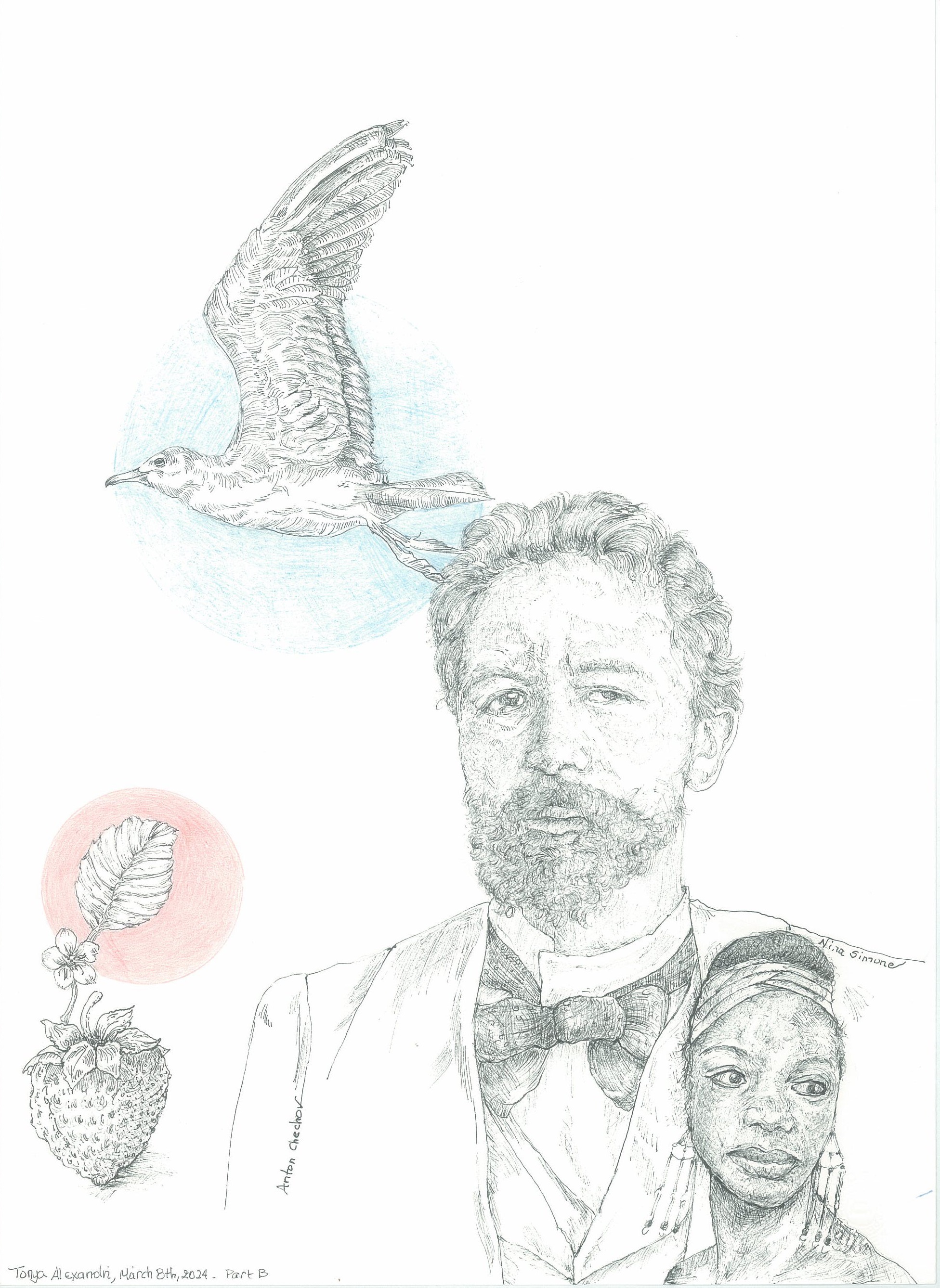
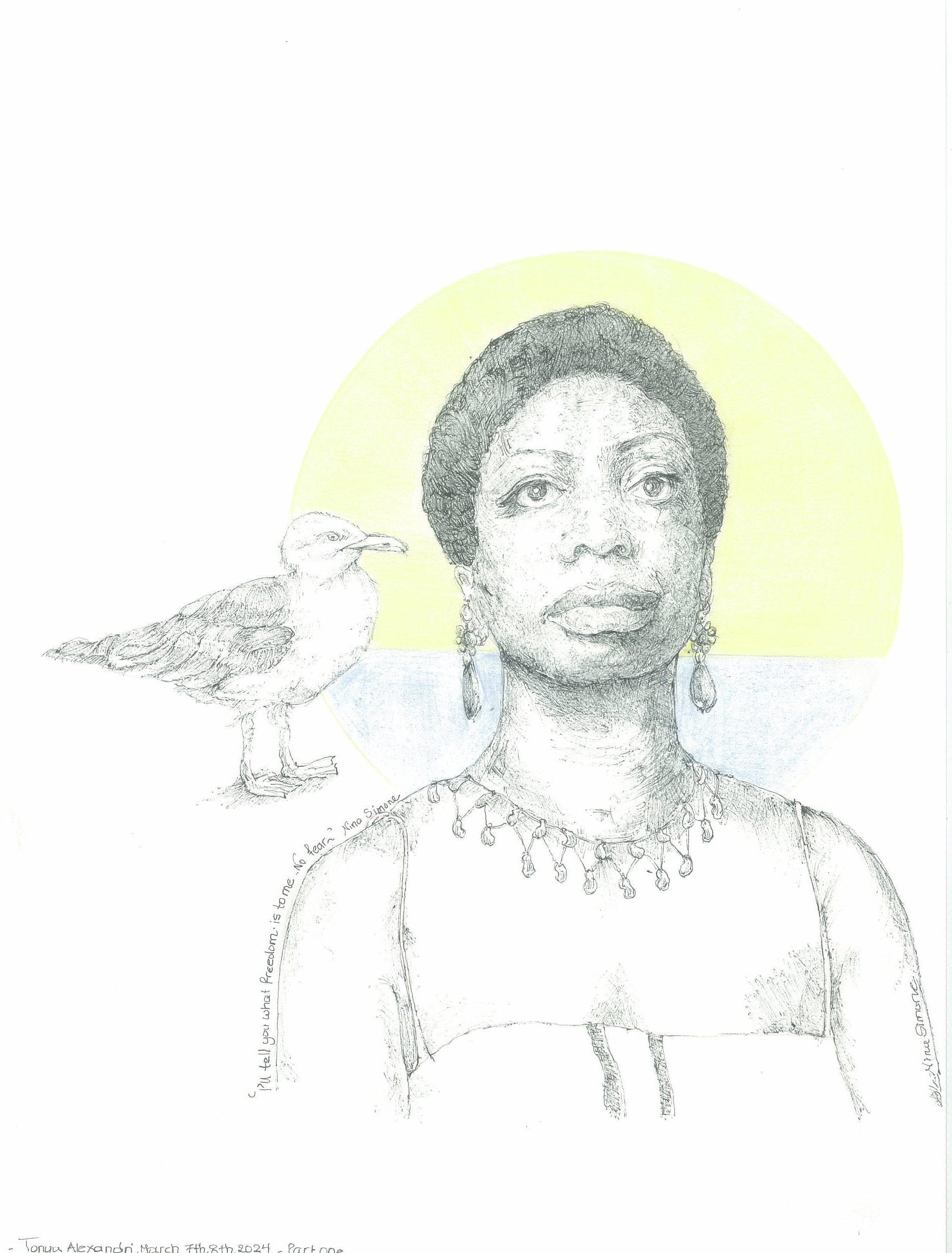
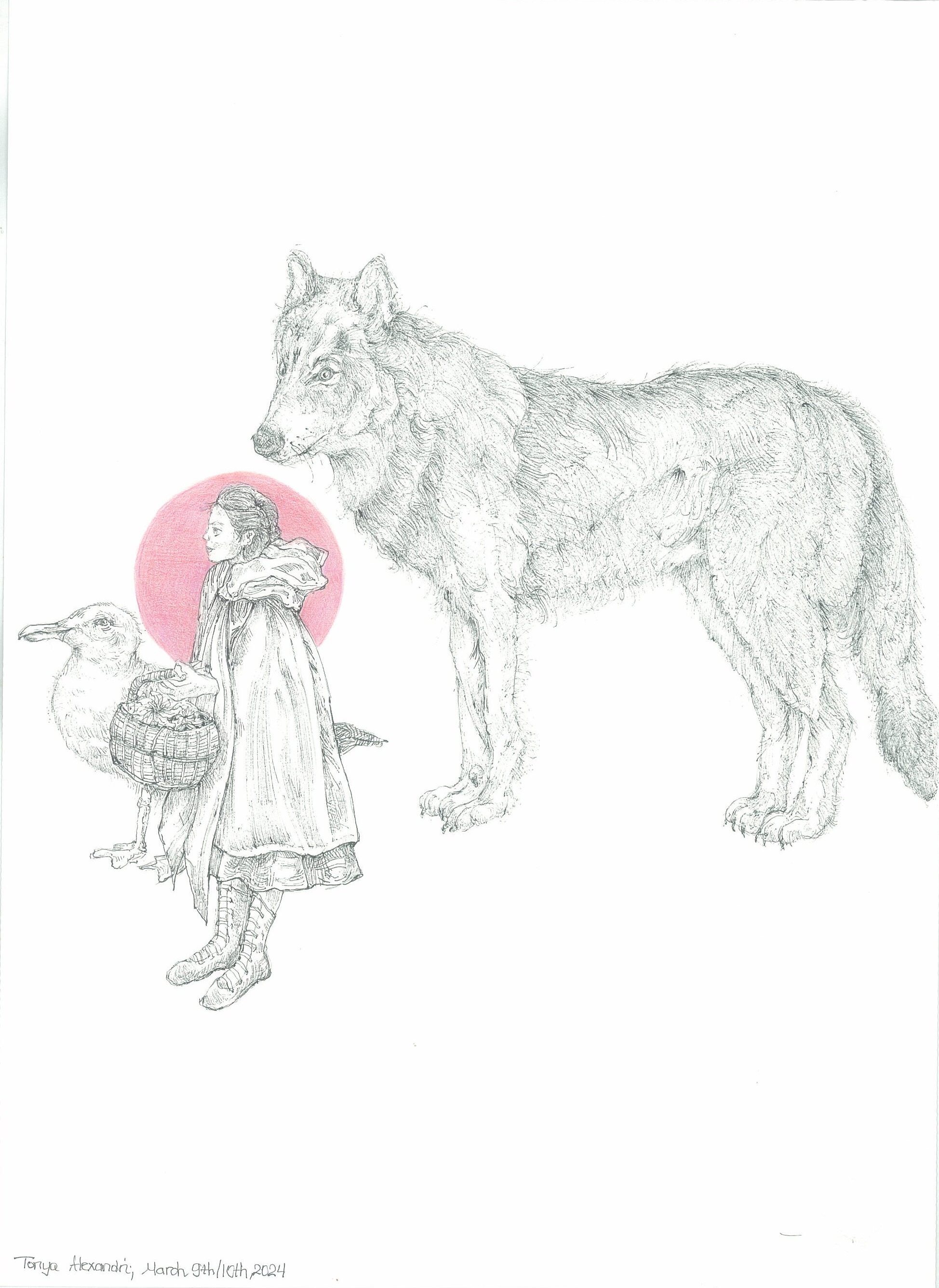
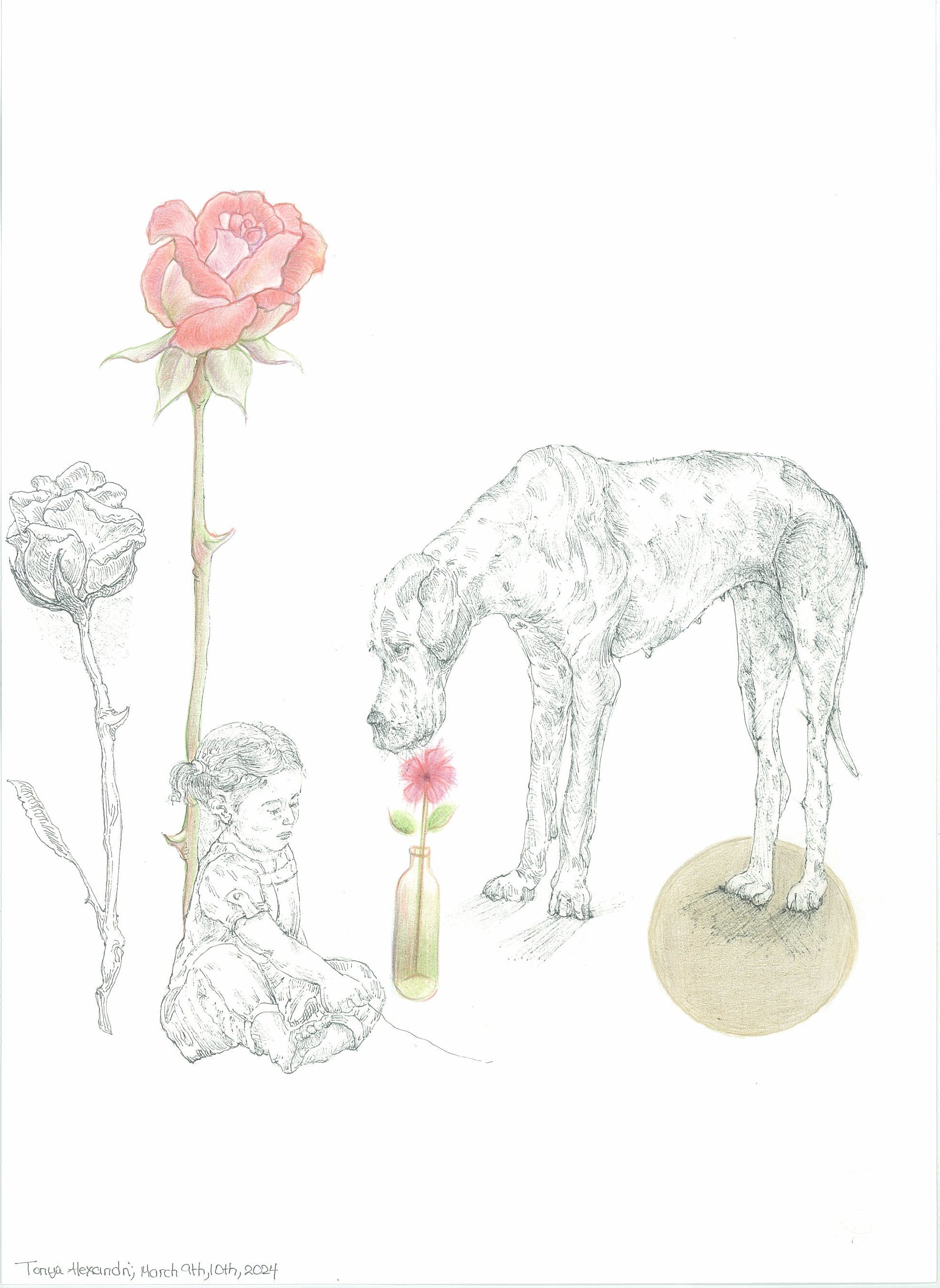
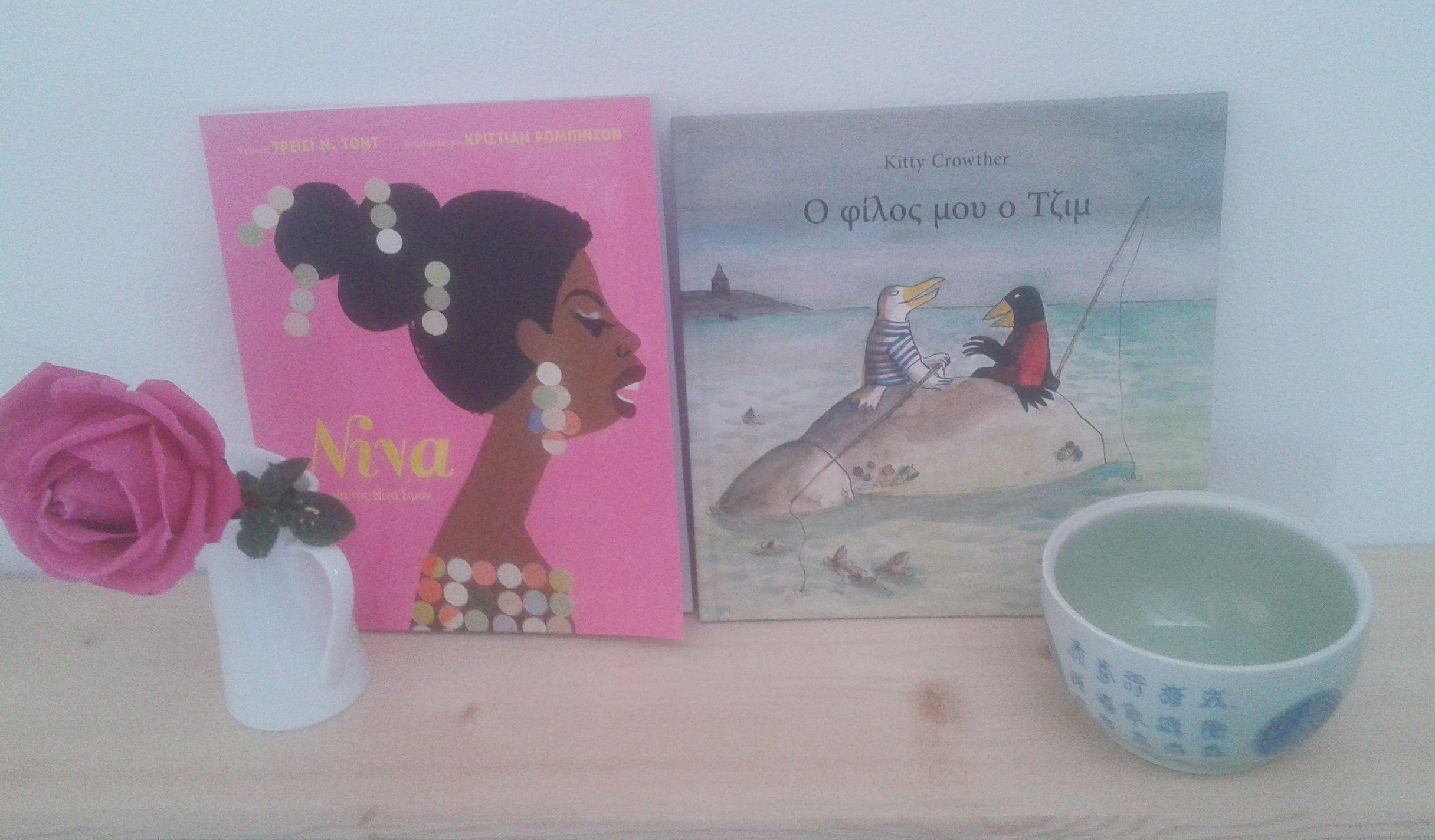

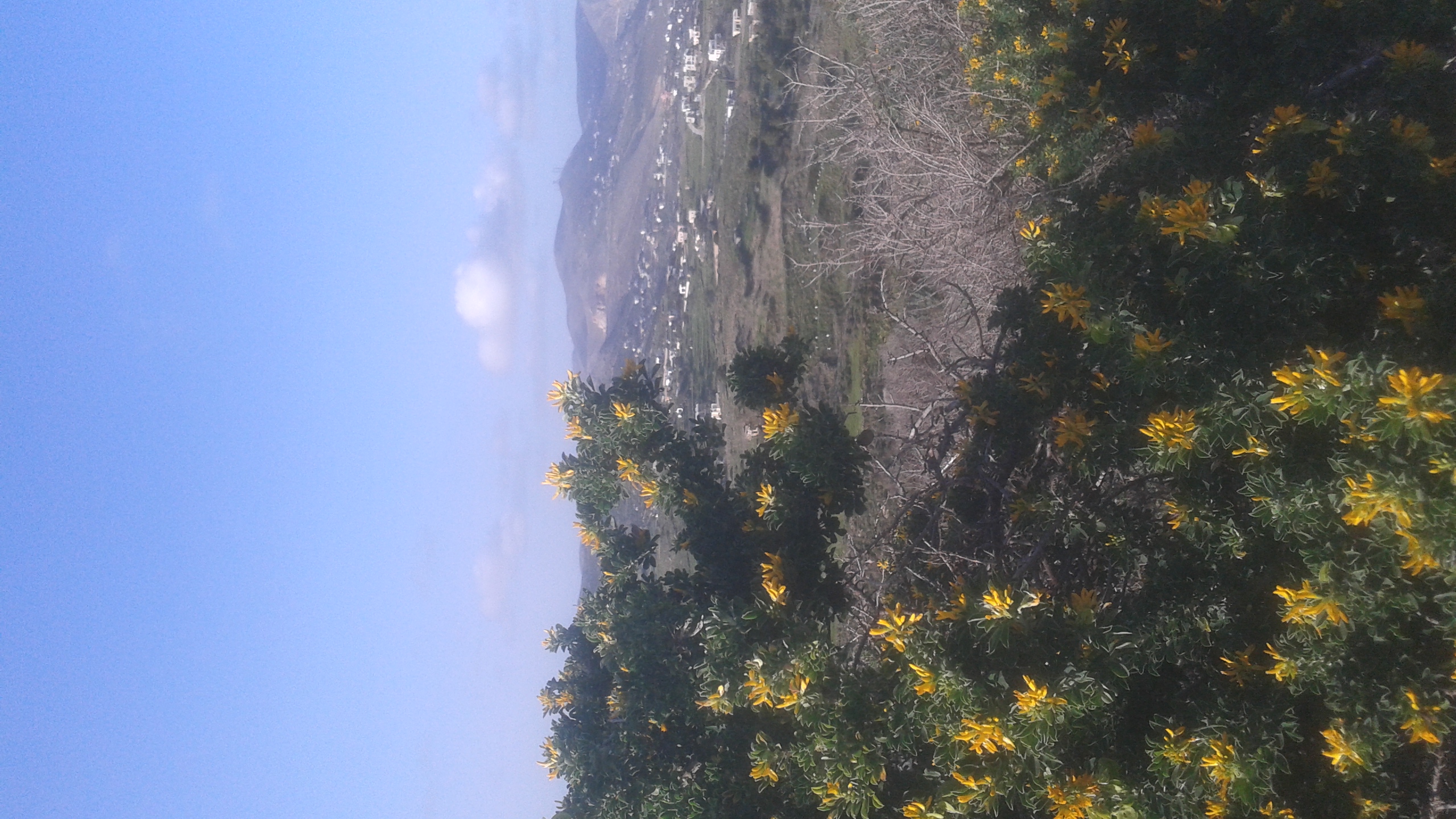
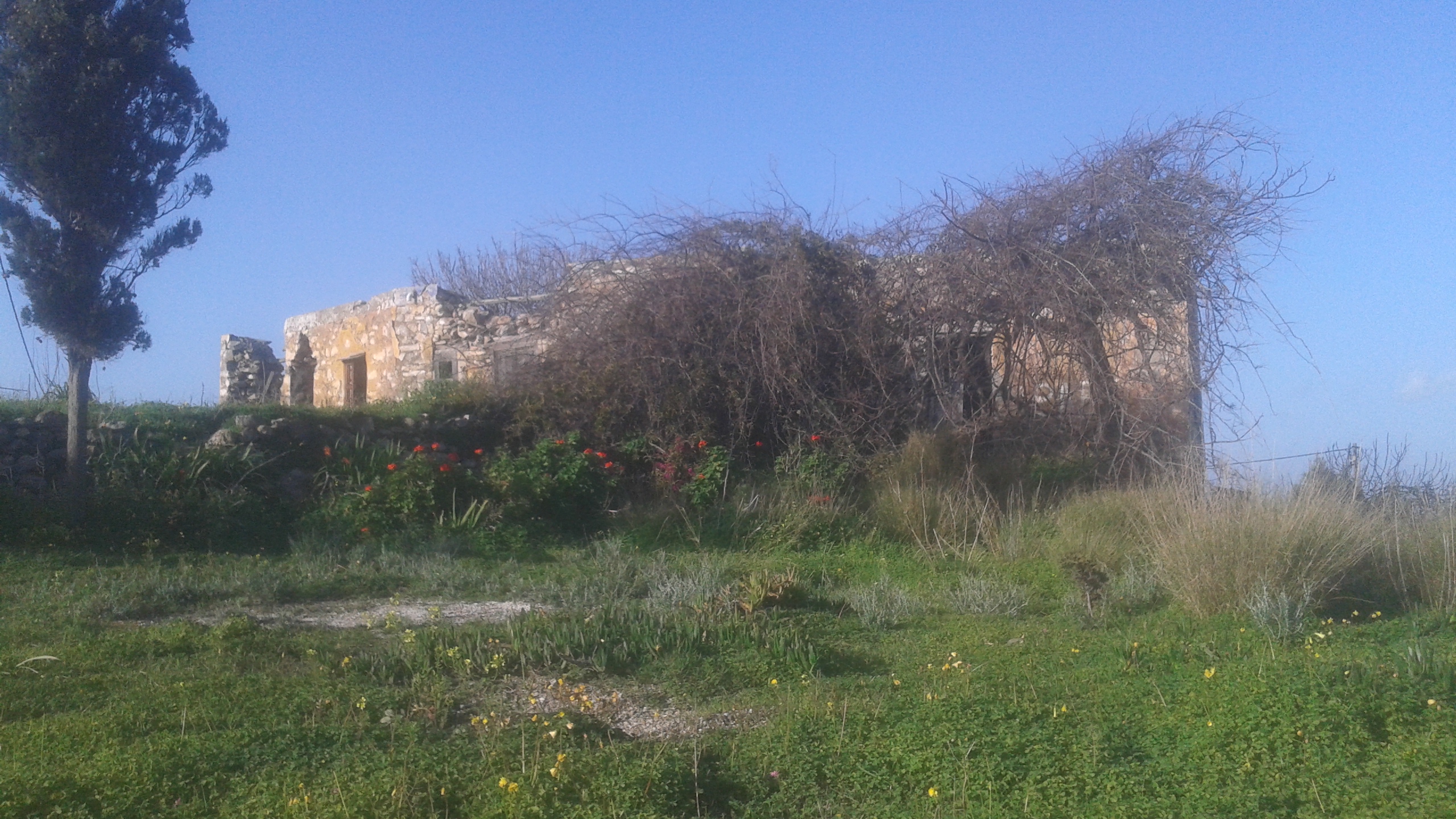
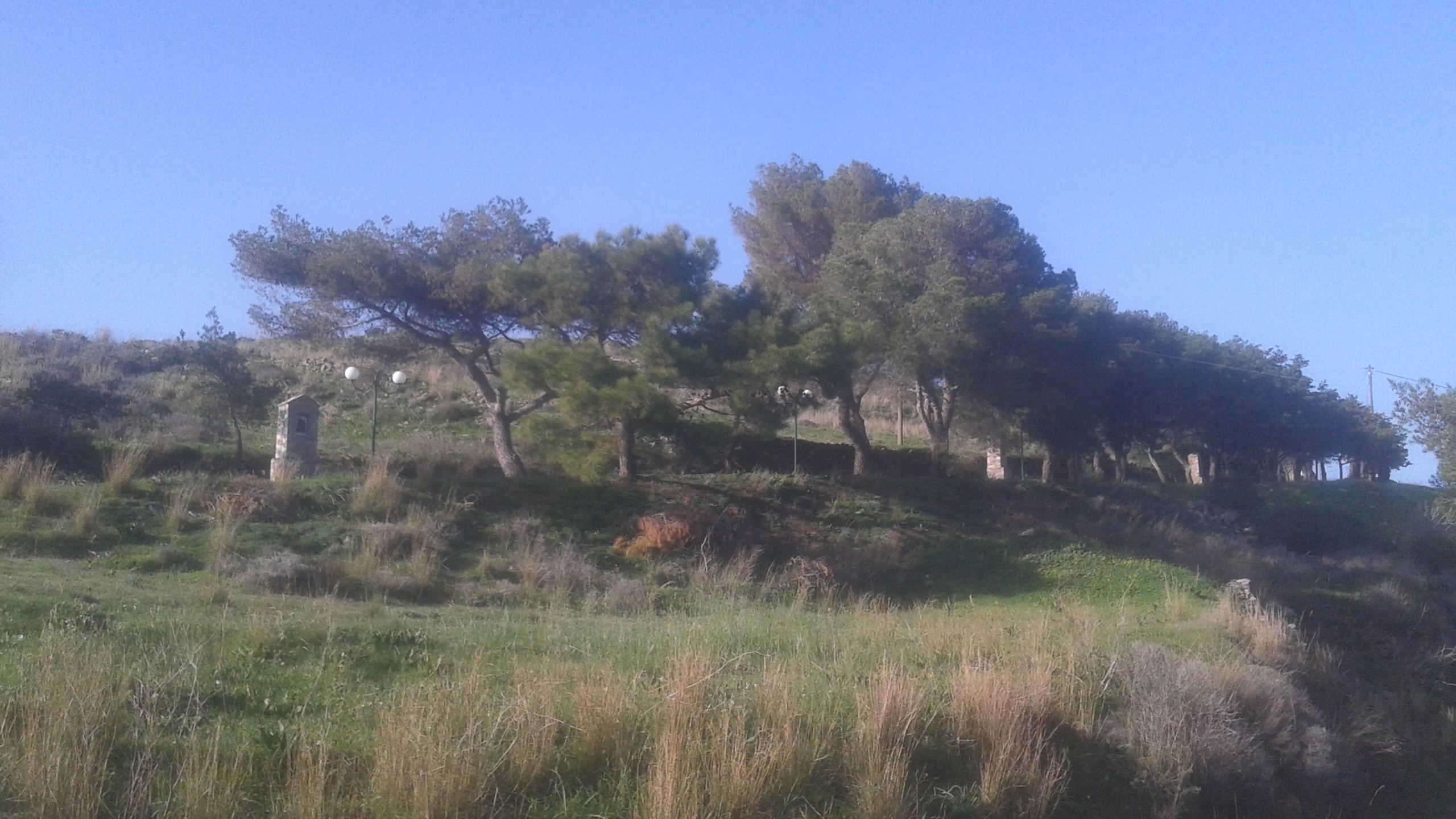
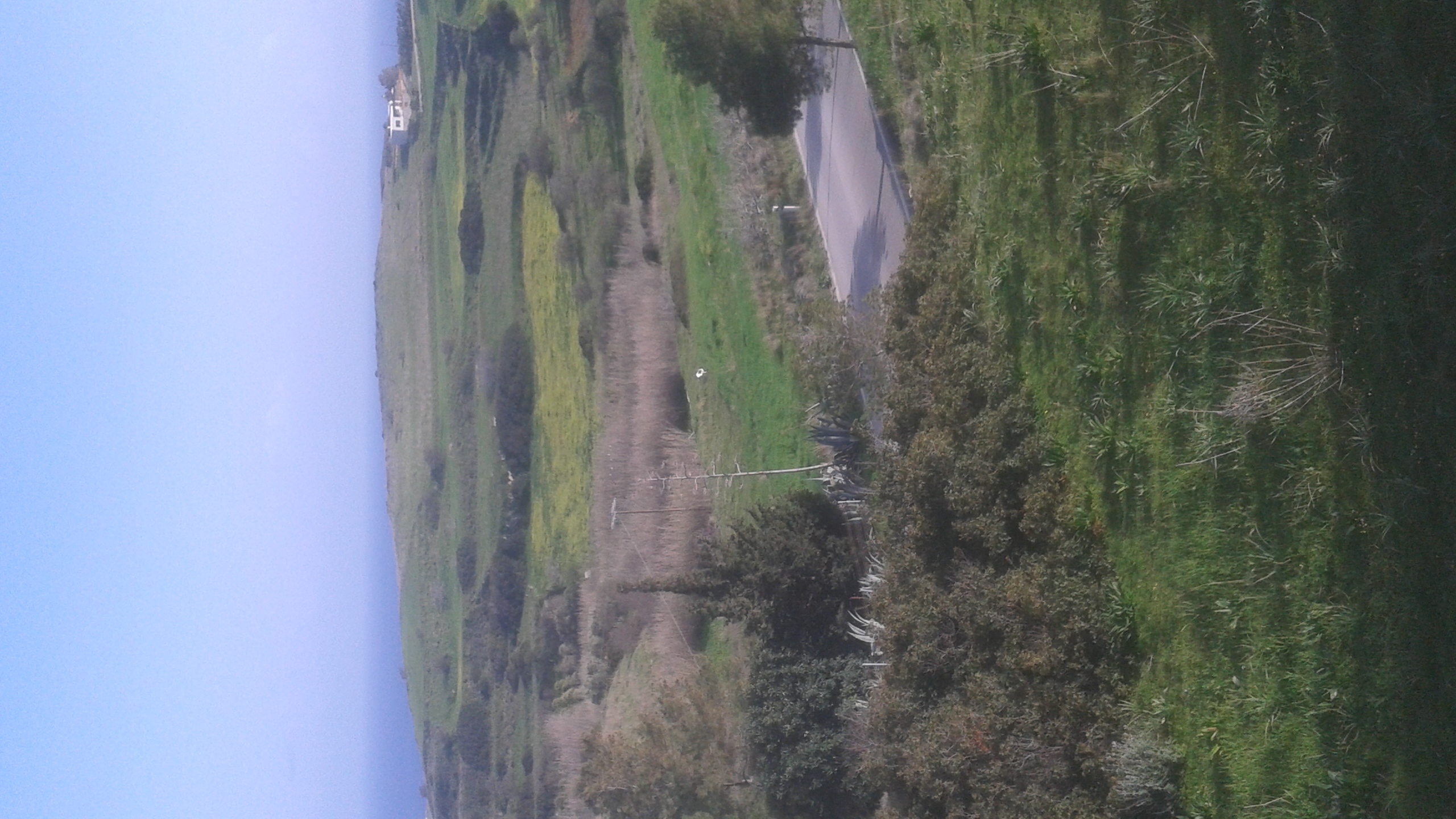
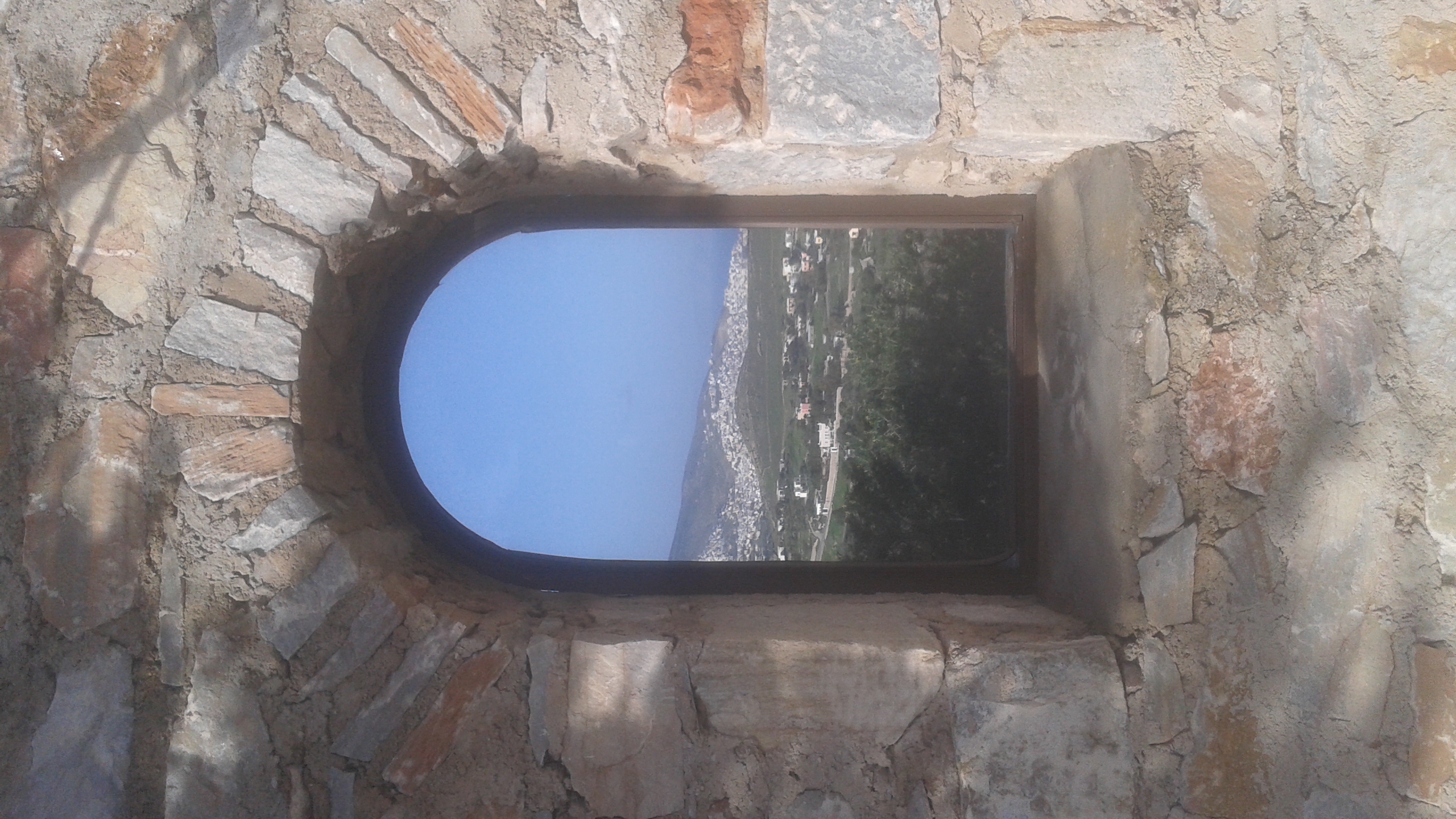
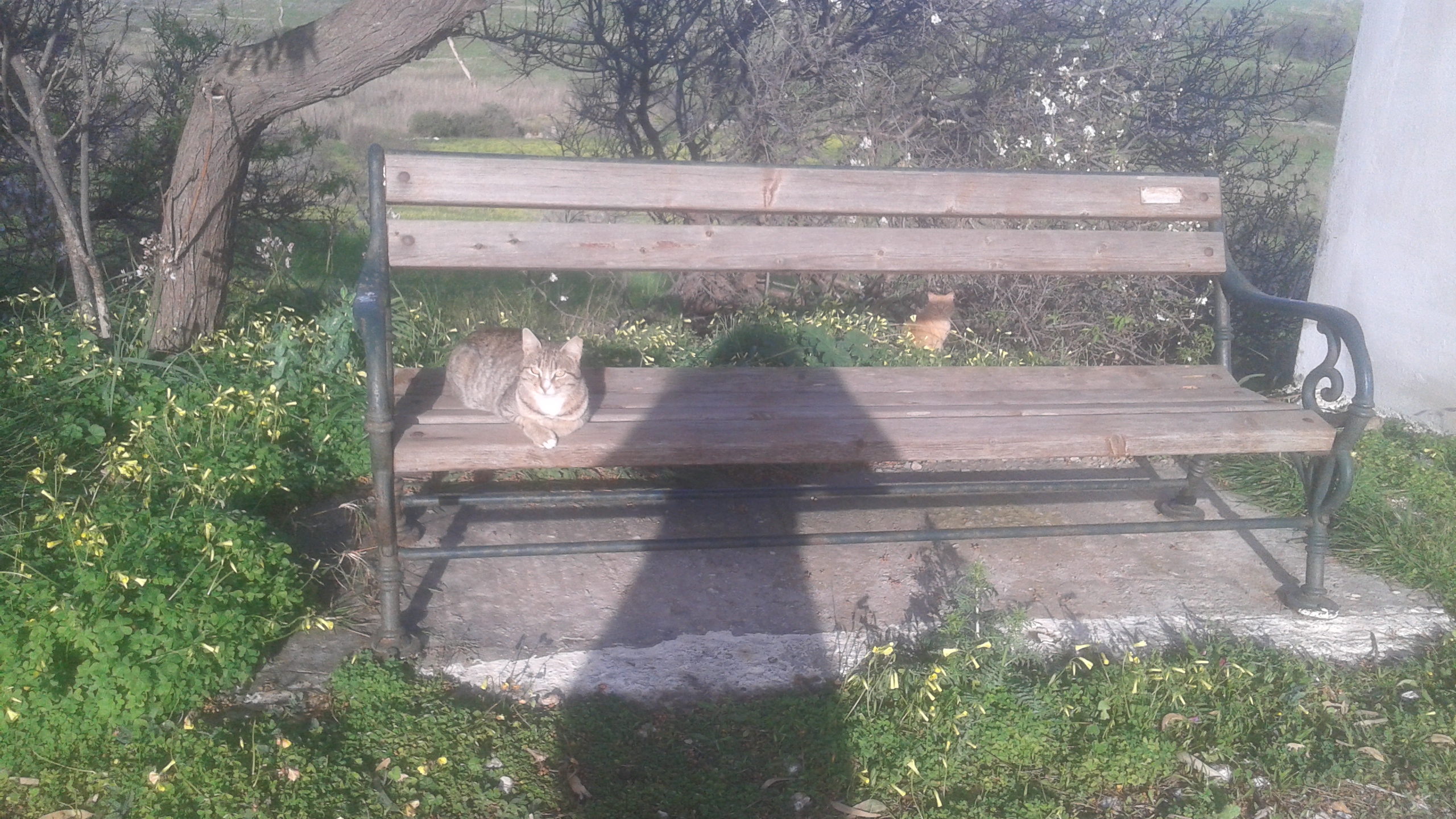
 The theme of today’s piece is mindfulness and meditation practices, more generally. As I wrote in the previous post at the end of a decade of consistent engagement with meditation practices I’ve felt that it’s time, not to take a break from meditating, but to pause, reflect on and evaluate the experience so far, read, listen to and look at different aspects and sides of this human activity and contemporary movement. In some sense I’ve reached that point of needing to take a wider view of the broad and diverse world of meditation. This has been an inevitable step, and one could say a result of the practices themselves. Today’s piece is the result of my own experience and notes on this experience, and a substantial amount of reading of relevant articles, books and chapters. This text includes a critical perspective because I believe that critical perspectives are valuable, even though they are not always welcome.
The theme of today’s piece is mindfulness and meditation practices, more generally. As I wrote in the previous post at the end of a decade of consistent engagement with meditation practices I’ve felt that it’s time, not to take a break from meditating, but to pause, reflect on and evaluate the experience so far, read, listen to and look at different aspects and sides of this human activity and contemporary movement. In some sense I’ve reached that point of needing to take a wider view of the broad and diverse world of meditation. This has been an inevitable step, and one could say a result of the practices themselves. Today’s piece is the result of my own experience and notes on this experience, and a substantial amount of reading of relevant articles, books and chapters. This text includes a critical perspective because I believe that critical perspectives are valuable, even though they are not always welcome.